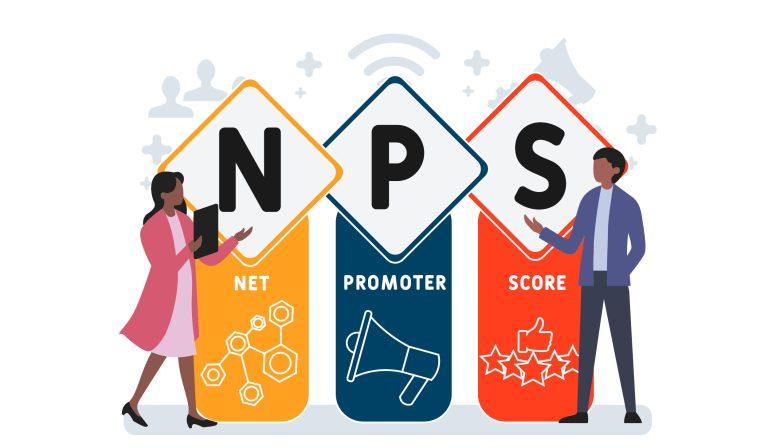Gippsland has the fourth highest prevalence rate of diabetes out of every primary health network region in the country, with 6.8% of people having the disease, according to Diabetes Australia.[1]
The rates in Bass Coast and Latrobe are even higher at 7.6% and 7.3% of the population.
The Gippsland PHN Health Needs Assessment notes that diabetes often occurs together with other chronic diseases and is more common among Aboriginal and Torres Strait Islander people, older people and people experiencing disadvantage. Diabetes complications are a main cause of hospital admissions that could have been prevented with earlier diagnosis or better management.
National Diabetes Week is an opportunity to raise awareness of diabetic eye disease and primary health care providers have an important role to play in ensuring that patients living with diabetes understand how the condition can impact their eyes. It is important for them to have regular diabetes eye checks even if they do not notice a change in their vision.
Diabetic eye disease is a complication of diabetes which, if left untreated, can lead to vision loss and blindness. Diabetic eye disease includes diabetic retinopathy and diabetic macular oedema.
According to Diabetes Australia, many Australians lose part or all of their sight due to diabetes. This is because nearly half of all people living with diabetes do not have regular diabetes eye checks.
Diabetic eye disease often has no symptoms in the early stage.
According to Out of Sight – A report into diabetic eye disease in Australia, almost all those with type 1 diabetes and more than 60% of those with type 2 diabetes will develop diabetic eye disease within 20 years of diagnosis.
Aboriginal and Torres Strait Islander people are at an increased risk of vision loss as a result of diabetic eye disease.
There is no cure for diabetic eye disease, however the good news is that with early detection most vision loss can be prevented or treated.
Patients should always follow the advice of their eye health professional (optometrist or ophthalmologist). Treatment of diabetic eye disease may include management of diabetes, laser therapy or intravitreal injections.
Resources:
To learn more about diabetic eye disease register for Vision 2020 Australia’s webinar on diabetes and eye health on Wednesday 12 July at 6.30pm. Click here to register.
To learn more about your role in reducing vision loss and blindness access Vision 2020 Australia’s free online eye health training for Victorian health professionals.
To support your patients:
Visit www.visioninitiative.org.au/common-eye-conditions/diabetic-retinopathy for up to date, easy to read information on diabetic retinopathy.
For more information on diabetic eye disease and support services available, visit:
- diabetesaustralia.com.au
- diabetesvic.org.au
- mdfoundation.com.au/about-macular-disease/diabetic-eye-disease/overview/
For more information on KeepSight and how to register your patients to receive diabetes eye check reminders, visit: www.keepsight.org.au
[1] Based on people registered for the National Diabetes Service Scheme; https://map.ndss.com.au/#!/





